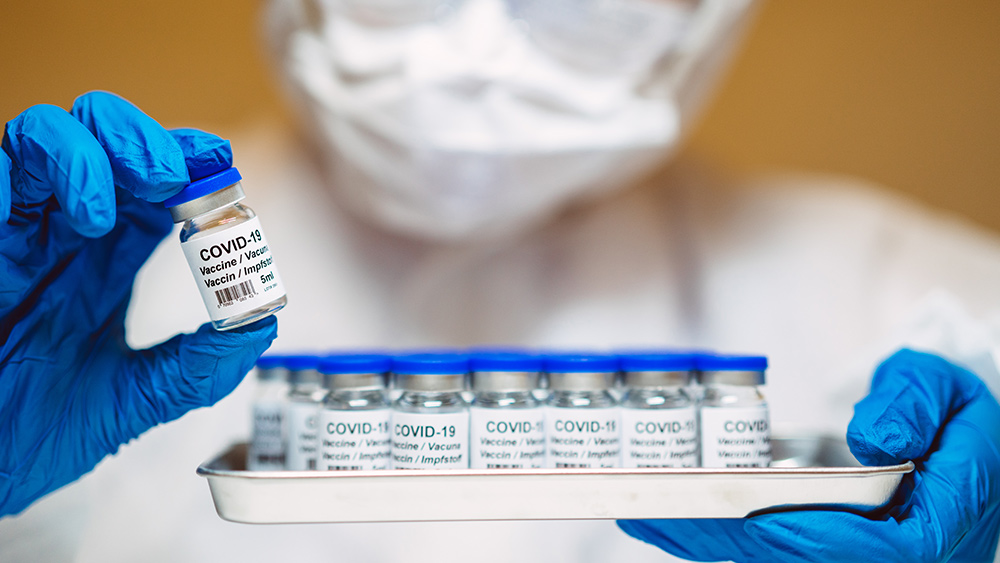 Parler
Parler Gab
Gab
- The adult cigarette smoking rate in the U.S. has fallen dramatically to a historic low of 11 percent in 2023, down from 42 percent in 1965, representing a major public health achievement.
- Despite the progress, a critical failure exists in lung cancer screening, with only 18.1 percent of eligible adults up-to-date, missing a key opportunity to save lives through early detection.
- Smoking continues to exact a catastrophic cost, responsible for $436.7 billion in economic losses in 2020 and an estimated 29 percent of all cancer deaths, devastating families and communities.
- The crisis persists due to the tobacco industry's decades-long, calculated campaign of misinformation, which publicly sowed doubt about the dangers of smoking despite internal knowledge of the hazards.
- The battle is not over, with new fronts emerging from youth e-cigarette use and deep-seated inequities, as tobacco use and related diseases disproportionately affect marginalized and low-income groups.
The blueprint of deception and the cost of inaction
To understand the persistence of this crisis, one must look back at the tobacco industry's calculated campaign of misinformation. Internal documents, such as the infamous "Cigarette Papers" leaked in the 1990s, proved that companies knew of their product's hazards for decades while publicly sowing doubt. They leveraged the prestige of medical societies and manipulated scientific uncertainty, arguing that absolute proof from human studies was lacking—a technically true but morally bankrupt position that delayed action and cost millions of lives. The industry's legacy is a burden the nation still carries. The economic footprint of tobacco is staggering. In 2020 alone, cigarette smoking cost the U.S. economy $436.7 billion, roughly 2.1 percent of the nation's entire GDP. This figure encompasses healthcare expenditures and lost productivity. The human cost is even more devastating. An estimated 29 percent of all cancer deaths are attributable to smoking. In 2019, smoking-related cancer among adults aged 25 to 79 claimed 2.2 million years of life, a profound loss to families and communities. The battle is far from over, as new fronts have emerged. The report highlights the persistent issue of youth e-cigarette use, with an estimated 1.63 million young people using these products in 2024, 90 percent of whom prefer flavored varieties. Furthermore, the burdens of tobacco are not shared equally. The data shows that non-White individuals, people with disabilities, LGBTQ+ individuals and those with lower income and limited education face disproportionately higher rates of tobacco use and tobacco-related disease, often in regions with the weakest public health policies. "Vaping is harmful because it exposes users to toxic metals, which are linked to severe health risks," said BrightU.AI's Enoch. "The residue from vaping also contaminates environments, posing a third-hand exposure threat to non-users, including children. These factors contribute to a significant public health threat, increasing the risk of diseases like lung cancer." The American Cancer Society's new atlas is more than a collection of data; it is a stark testament to a preventable epidemic that refuses to fully relent. It underscores a painful truth: winning the scientific argument against tobacco was only the first step. The ongoing fight requires closing the screening gap, confronting new nicotine delivery systems, and addressing the deep-seated inequities that the tobacco industry has long exploited. The dramatic decline in smoking is a public health victory worth celebrating, but it is a hollow one for the thousands who will die this year from a habit they could not break and a cancer that was caught too late. Watch this video that talks about the FDA shutting down the multibillion vaping industry. This video is from the zolnareport.com channel on Brighteon.com. Sources include: TheEpochTimes.com PressRoomCancer.com MedicalXpress.com BrightU.ai Brighteon.comBelgium’s anti-drone police unit stood by while drones shut down airports, embassy says
By Patrick Lewis // Share
AI video generation tools: A new frontier in deepfakes and misinformation?
By Kevin Hughes // Share
How exercise preserves muscle quality and keeps your muscles young
By Willow Tohi // Share
Israel accelerates border wall construction amid rising tensions with Lebanon
By Belle Carter // Share
Study finds genetic differences between early and late autism diagnoses
By Patrick Lewis // Share
Governments continue to obscure COVID-19 vaccine data amid rising concerns over excess deaths
By patricklewis // Share
Tech giant Microsoft backs EXTINCTION with its support of carbon capture programs
By ramontomeydw // Share
Germany to resume arms exports to Israel despite repeated ceasefire violations
By isabelle // Share










